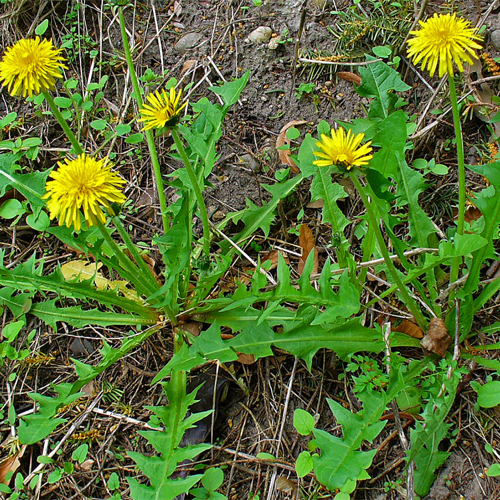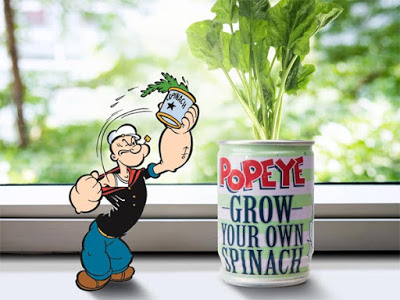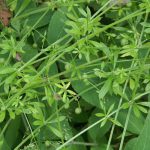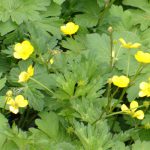Dandelion
Taraxacum officinale

A familiar face in most gardens where allowed, this perennial spreads around its parent plant by its tap root or it can spread far and wide by its floating seeds, from the dandelion “clock”. Its incredibly hard to eradicate as any tiny piece of root that is left will grow into another plant.
The dandelion is a readily identifiable, hardy, perennial weed with bright yellow flowers. It has a rosette base producing several flowering stems and multiple leaves. Depending on several conditions, dandelions can grow as high as 25-30 cm.
Leaves
Dandelions have a toothy, deeply-notched, basal leaves that are hairless. They are 5 to 25 cm or longer and they form a rosette above the central taproot.

Flowers
The familiar yellow flower heads displaying closely packed florets (tiny flowers) are very recognisable. The flower then turns into the dandelion “clock”, irresistible to children who want to blow the tiny seedlings away. Just don’t let them do it in your garden!

Preferred Habitat
Dandelions are the most common broadleaf weed in most lawns. It is found in virtually every kind of habitat, from openings in deep woods to cultivated fields, from rocky hillsides to fertile gardens and lawns.
Weed Control
Below-ground, dandelions strike down a taproot up to 10″ long. Pulling the taproot as a means of removal is problematic. Thick but brittle, the taproot easily fractures — and any fraction of the taproot that remains in the ground will regenerate. Weeding effectively by hand is therefore very difficult but can be done by carefully digging out the whole weed and not breaking the taproot. We normally recommend hand weeding and avoiding the use of chemicals but dandelions can sometimes require the use of a weedkiller to completely banish them from your garden.
Not Just a Weed
What’s better than a plant that gives wishes when you puff its fluff? A plant that provides health benefits! Dandelion is an excellent food and medicine! Benefits include being a:
- Source of antioxidants.
- Relieve pain from headaches, backaches, and menstrual cramps
- Relieve stomach cramps.
- Relieves depression.
You can make your own dandelion tea by adding a few flowers to some hot water. Dandelion leaves can be added to a salad or cooked. They can also be dried and stored for the winter or blanched and frozen. Flowers can be made into juice, or added into many recipes. The root can be made into a coffee substitute. The root and leaves can be dried, stored and made into tea.














